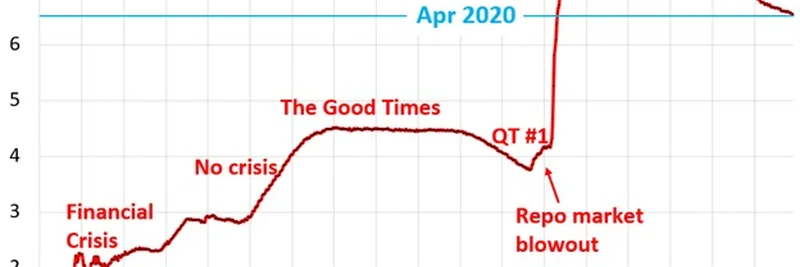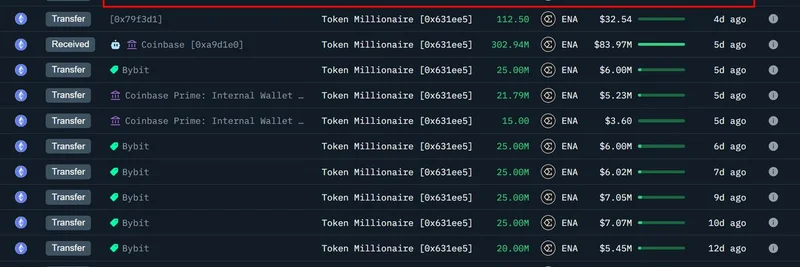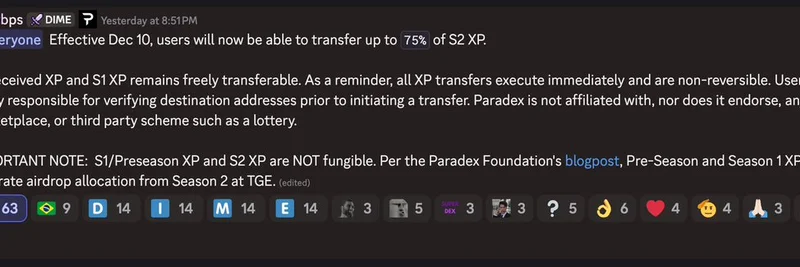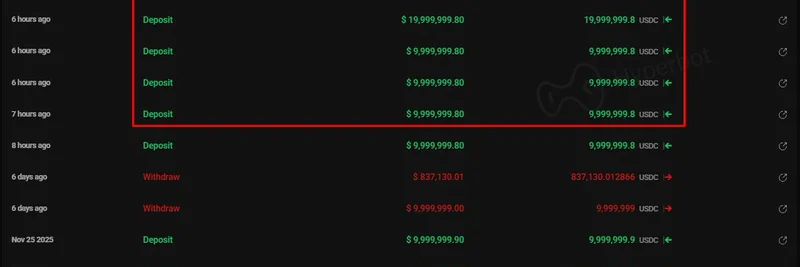Hey there, meme coin enthusiasts and blockchain buffs! Today, we’re diving into a topic that might not seem directly tied to your favorite meme tokens but has a huge impact on the global economy—and yes, even the crypto world. A recent post on X by @0xkyle__ caught our eye, breaking down the most important principle to keep in mind when thinking about large government debts and deficits. Let’s unpack this idea and see what it means for us!
What’s the Big Idea?
The post suggests that when countries rack up too much debt, policymakers often turn to two strategies: lowering interest rates and devaluing the currency in which the debt is denominated. In simple terms, lowering interest rates makes borrowing cheaper, while devaluing the currency reduces the real value of the debt. It’s like hitting a reset button on the economy, but with some clever financial tricks. The tweet argues that this is the preferred path for government policymakers, so savvy investors might want to "bet on it happening."
Why Does This Matter?
Imagine a country like the U.S. or Japan, where government debt has piled up over years. If the debt gets too big to manage, raising taxes or cutting spending might not be popular (or politically feasible). Instead, governments can lower interest rates to keep borrowing costs down—think of it as a discount on their loans. Devaluing the currency, on the other hand, means the money they owe becomes worth less in global terms, making it easier to pay off with "cheaper" currency. This might sound like a win, but it can also lead to inflation or a weaker currency, which affects everything from your grocery bill to the value of your blockchain assets.
A Look at History
The thread also mentions historical examples like the Weimar Republic (1923), Greece (1943), and Zimbabwe (2007), where excessive debt and currency devaluation led to hyperinflation or economic chaos. These cases serve as a reminder that while this strategy might work short-term, it can backfire if not handled carefully. For blockchain practitioners, this is a signal to keep an eye on macroeconomic trends—especially if you’re holding assets tied to fiat currencies.
What Can You Do About It?
So, how does this connect to the meme coin world or your journey as a blockchain enthusiast? Well, if governments lean toward devaluation, it could push more people toward decentralized assets like Bitcoin or even meme tokens as a hedge against inflation. The tweet’s advice to "bet on it happening" might inspire you to diversify your portfolio or stay informed about fiscal policies. At Meme Insider, we’re all about empowering you with knowledge, so you can navigate these shifts like a pro!
Final Thoughts
This principle from @0xkyle__’s post is a fascinating lens to view the intersection of government policy and personal finance. Whether you’re a casual investor or a serious blockchain practitioner, understanding how debts and deficits are managed can give you an edge. Keep exploring our knowledge base for more insights, and let us know your thoughts in the comments—do you think devaluation is the future, or will governments find another way out?
Stay curious, and happy meme hunting!




